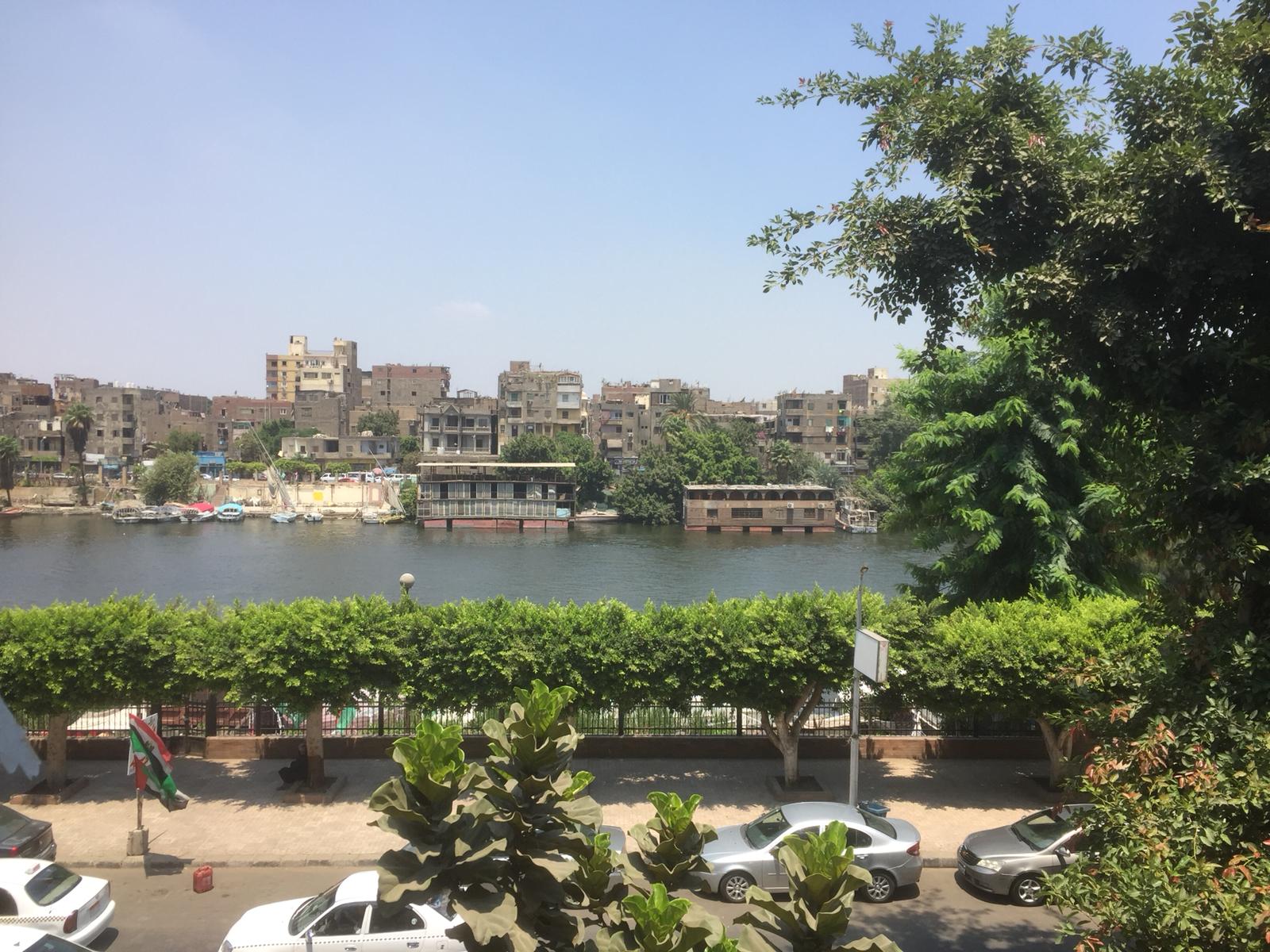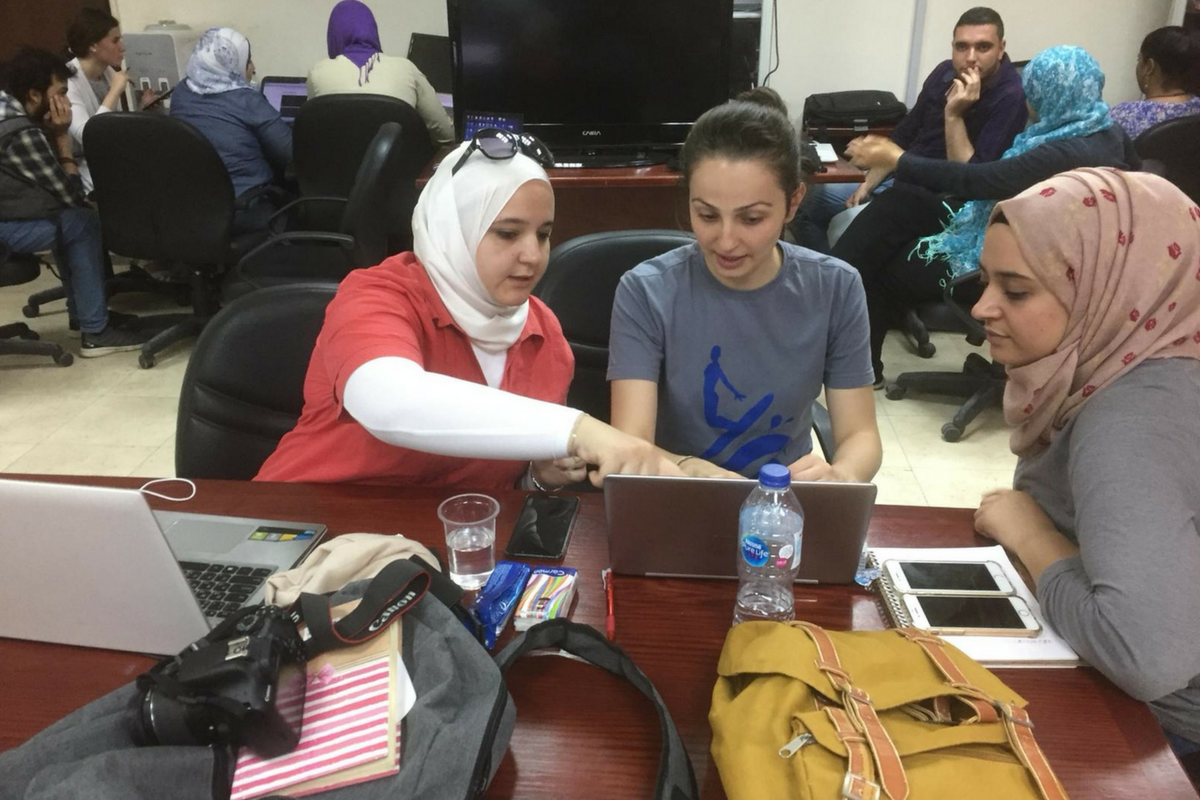Global Heritage Fund recently partnered to produce a 3-day seminar on Disaster Risk Management for Cultural Heritage at the Helwan University of Cairo. From July 21 through 23, forty students from Helwan University and the Brandenburg University of Technology Cottbus-Senftenberg (BTU) gathered to learn from Dr. Bijan Rouhani, Senior Research Associate at the University of Oxford’s School of Archaeology. Co-sponsored by BTU and GHF, the seminar was part of a joint Summer School offered by Helwan and BTU. The objective of the program was to build capacity for safeguarding and preserving cultural heritage during natural disasters and armed conflicts.
This block seminar was part of the BTU-Helwan workshop on “Safeguarding and Preservation for Cultural Heritage,” a capacity building program supported by the German Academic Exchange Service (DAAD) to train students in the field of Heritage Management with a particular focus on dealing with consequences of conflicts on cultural heritage sites and objects. The workshop was jointly organized by BTU’s chair of Architectural Preservation, Prof. Dr. Leo Schmidt, and Cultural Heritage Center and by Helwan University’s Faculty of Tourism. BTU is also engaged in heritage management education offering two postgraduate programs, “World Heritage Studies” and “Heritage Conservation and Site Management,” the latter jointly hosted by BTU and Helwan University since 2013.
The seminar covered a variety of topics concerning disaster risks and risk management at heritage sites. Students learned about risk factors affecting World Heritage sites, how to monitor and assess conditions of heritage sites, risk assessment and analysis, emergency response and first aid to cultural heritage, and rapid damage assessment. Students were also introduced to the Global Heritage Fund AMAL in Heritage mobile and web applications, including downloading the AMAL mobile application for rapid impact assessment and basic introduction to the app functionality.
Seminar students included 25 Egyptians, eight Syrians, two Yemenis, one Indian, one Spanish, one German, and one American. As part of the programme, the students were divided into nine groups and were asked to select a heritage site. Each group developed a disaster risk management plan for the selected site, after analyzing risks and threats and writing different disaster scenarios.
The case studies presented by the students included The Valley of Whales or Wadi Al Hitan in the Faiyum Governorate of Egypt, the Egyptian Museum of Antiquities in Cairo, and the Catacombs of Kom El Shoqafa in Alexandria. In each case study, the students analyzed risks and also the vulnerabilities of the heritage site and presented recommendations for risk and site management. The presentations in the last day were followed by group discussions and question and answer.

View to the Nile River from Helwan University, Zamalek, Cairo

40 students attended the workshop.

Students working on their case studies.


